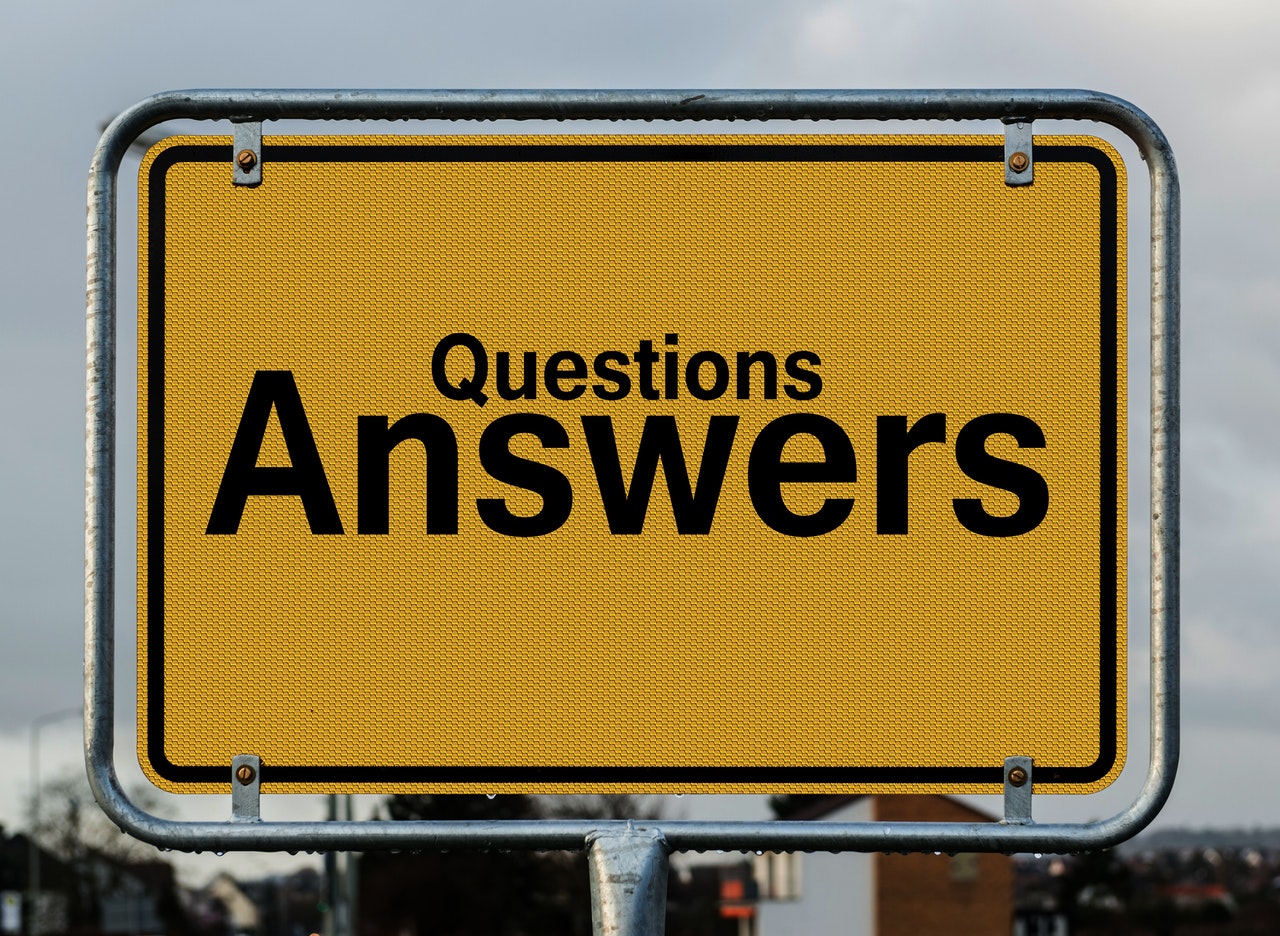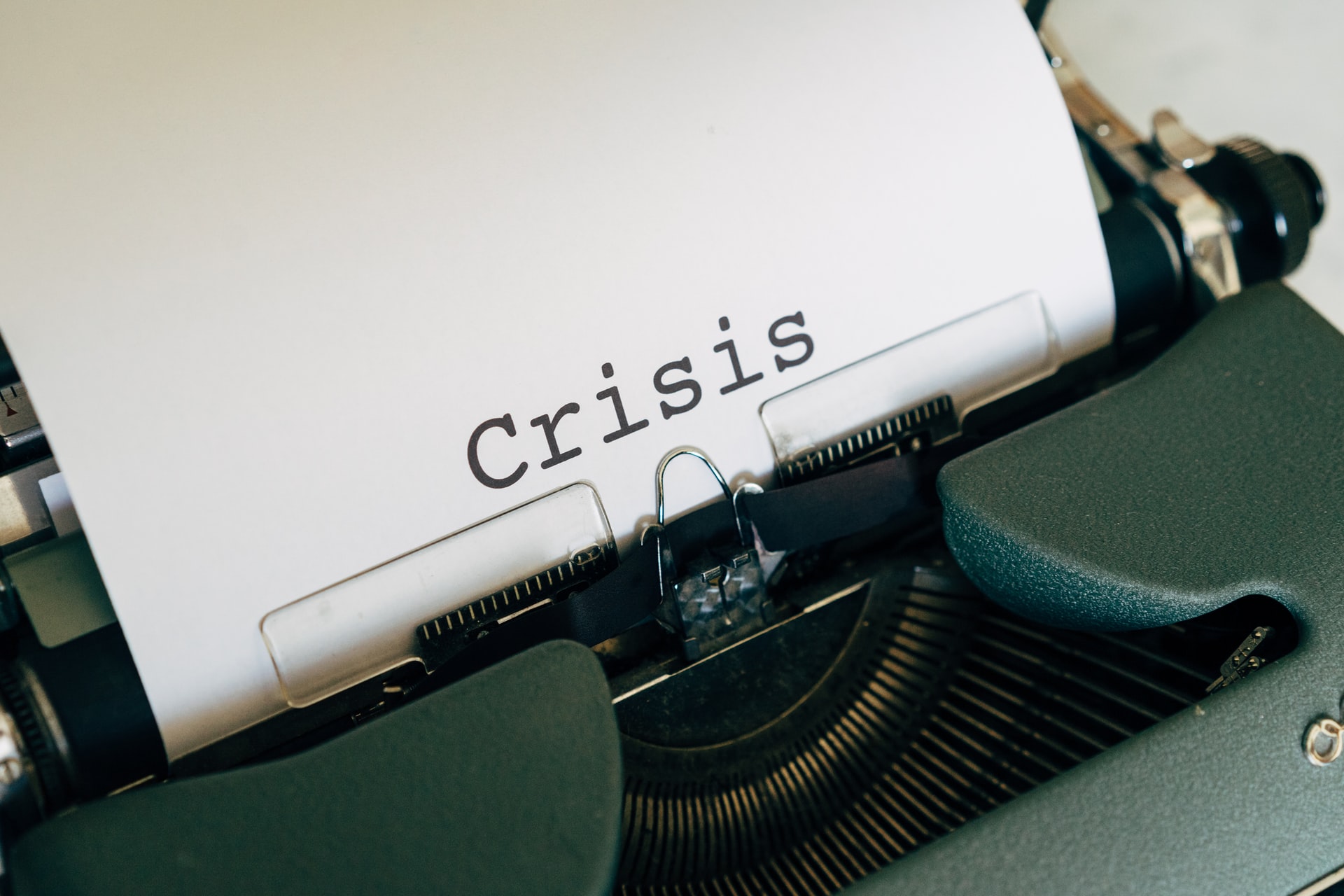How to Choose the Right Words
Do you ever get tongue-tied when you speak? Have trouble thinking of the right words…
Our content is reader-supported. Things you buy through links on our site may earn us a commission
Never miss out on well-researched articles in your field of interest with our weekly newsletter.

Subscriber

Do you ever get tongue-tied when you speak? Have trouble thinking of the right words…

Ever dread the questions that come up during your presentation? Not sure what people will…

These days we all seem to be engaged in multi-tasking, running from one meeting to…

An accident happens in one of your plants. Your firm’s product is found faulty. A…

1. Listen to your outgoing phone messages for a few days. How are your vocal…

Sadly, if your presentation is like most, your audience will remember very little of what…

Slide shows getting boring? Next time you get ready to deliver a presentation using slides,…

Next time you open PowerPoint to create a slide deck for a meeting or presentation,…

There was Mary, with a goofy smile on her face, telling her audience about a…

Should you or shouldn’t you? There is nothing like sharing a good laugh during a…

Listening is a huge part of our daily life, both at work and at home.…

Presenting? Don’t obsess over how to stand and move in order to project confidence; follow…

Ah the angst–what do you do with your hands. We rarely wonder about them until…

Are you ever tentative about speaking in front of others? Do you fear you will…

Since public speaking is apparently the most common fear people name when asked, there is…

Your audience is getting sleepy. Very sleepy. It might be your fault. Maybe you are…